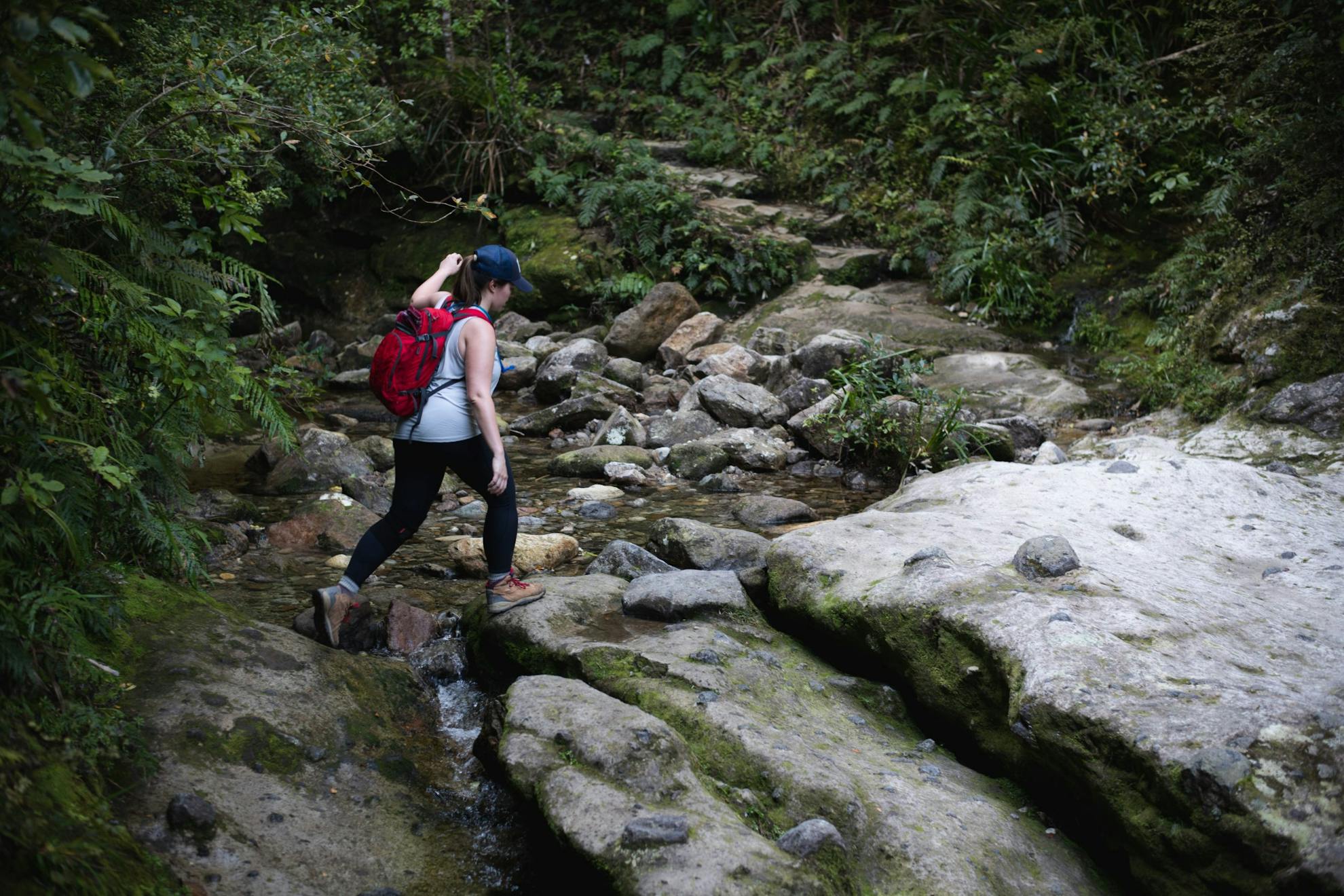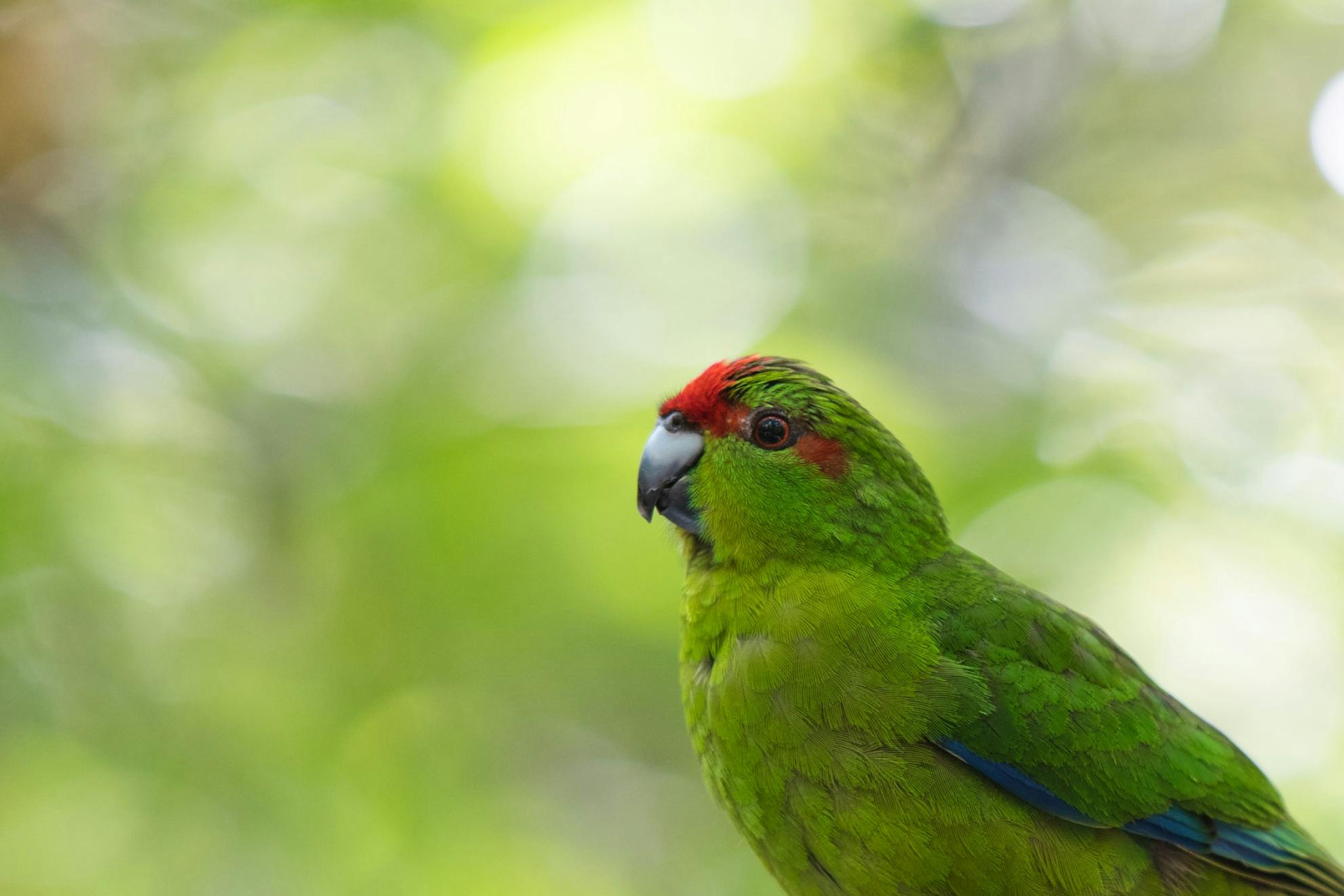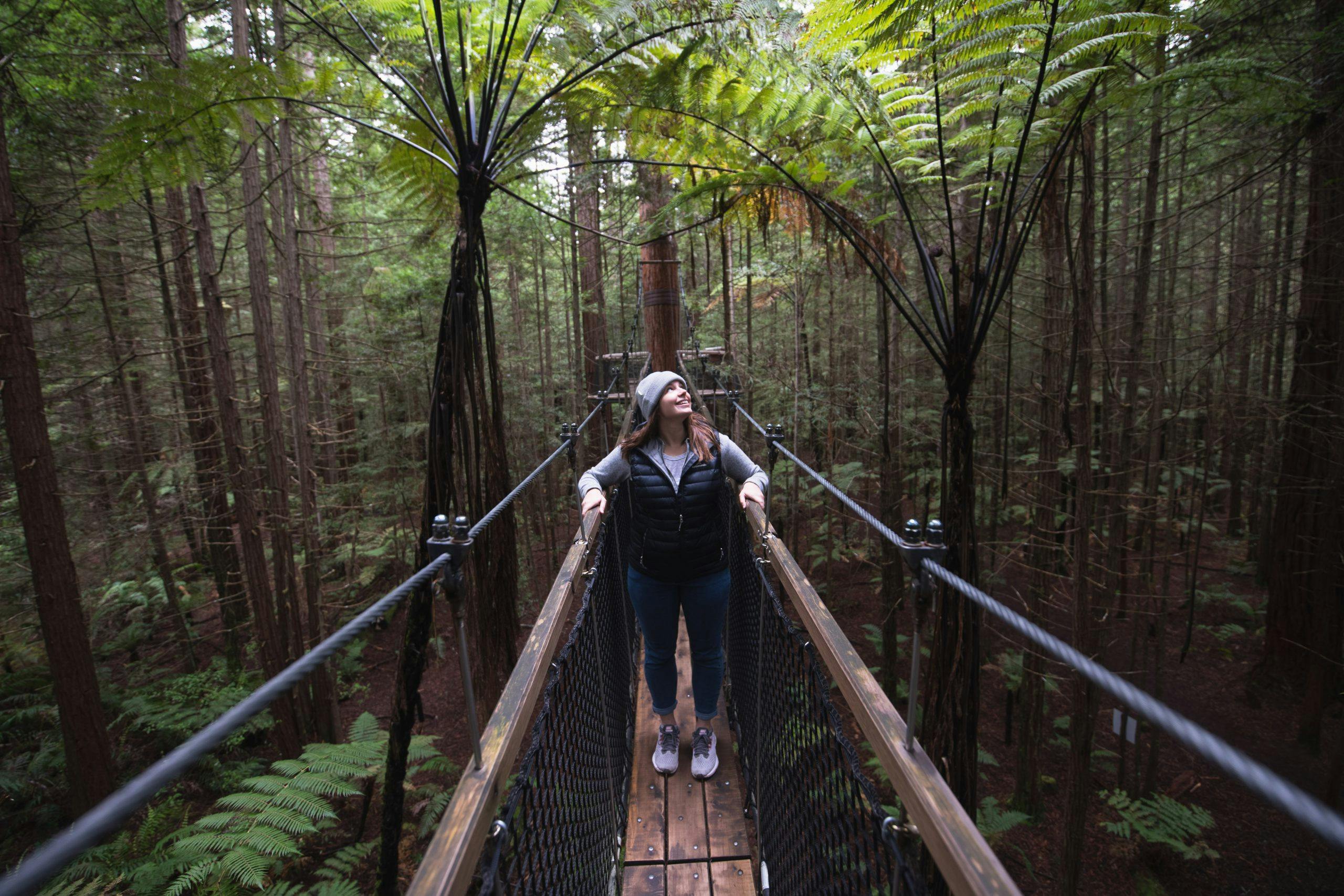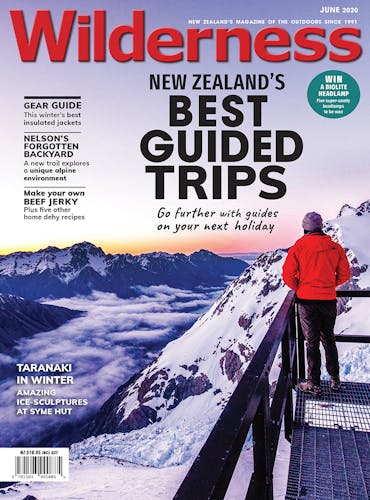Choosing a camera lens for your tramping trips can be an overwhelming bombardment of numbers, letters and jargon. Matthew Cattin shares what you need to know to choose the right lens for the job
Zoom or prime?
Your first decision when choosing a new lens should be considering whether you want a zoom or prime lens. Primes have a fixed focal length – e.g. 50mm – meaning they cannot zoom. Because of this, they are lighter and usually have a lower aperture than zooms. This makes them faster and they may function better in low light and provide greater subject isolation.
Zoom lenses offer greater versatility, but because they contain more glass elements, they tend to be heavier. Unless you’re willing to spend thousands, zooms will typically be slower than primes.
Wide-angle lens
For capturing the scale of the outdoors, you can’t look past a wide-angle lens. When framed correctly, wide-angle photographs invoke a 3D feel – as though you can step right through the frame. But used poorly, a wide-angle will diminish a sweeping vista.
The beauty of a wide-angle lies in its extreme field of view, which captures the peripheries of a scene – the foreground, the branches creeping in from left and right, and the sky.
While this may sound ideal for landscape photography, there is such a thing as capturing too much of a scene and it can leave your image without focus. Furthermore, having too much foreground in a shot can make even the most impressive mountains seem small and distant.
The key to capturing wide-angle photos that pop is to make good use of your foreground. Use leading lines such as a riverbed or bridge to draw the eye into your subject, or include a foreground subject to provide scale and context to the scene.
- Common focal lengths: 14mm, 24mm, 15-30mm.
- Best used for: Landscapes, hut or tent interiors, point-of-view shots.
- Not ideal for: Portraits, wildlife.
Understanding manual mode
The key to understanding manual mode is in grasping the three main components of exposure: aperture, shutter speed and ISO.
If we relate these terms to something we do understand, like the human eye, it’s quite simple.
Aperture – like your pupil – is the mechanism that controls how much light gets into your lens. A wide aperture – or pupil – lets in a lot of light, so is necessary for low light conditions.
Shutter speed is how long your camera sensor is exposed to the light – or how long our eye is open between blinks.
And finally, ISO is how sensitive your camera sensor is to the light. If we relate this to our eyes, consider that on a sunny day we wouldn’t wish to have high sensitivity to light, but in the dark, we would.
Taking a well-exposed photograph means finding the correct balance of the above components.

Normal lens
The 50mm lens – known as the ‘nifty fifty’ – approximates the angle of view of the human eye, making it the true ‘normal’ lens. The term normal lens, however, generally incorporates a range between 40mm and 60mm – and usually includes zoom lenses which capture that range, such as the classic 24-70mm lens commonly sold with camera bodies.
A normal lens is versatile and life-like, offering proportions that align with how we see the world. Landscapes appear natural, although cropped, and people can be shot with very little barrel distortion. Decent 50mm prime lenses need not be expensive, and are often some of the lightest available lenses for DSLR cameras, though trampers may be happier with the more versatile 24-70mm option, to capture wider scenes.
- Common focal lengths: 50mm, 24-70mm.
- Best used for: Landscapes, portraits, natural proportions.
- Not ideal for: Wildlife, capturing wide views.

Telephoto lens
Zooming on past normal lenses, we have telephotos – which have a focal length greater than 70mm. Telephotos are my personal favourite lens to lug into the backcountry, as they allow faraway details to be captured, as well as providing creamy bokeh – the soft out-of-focus background photographers achieve with a narrow depth of field.
For subject isolation in portraits and wildlife photographs, a telephoto lens is ideal, but for landscapes, they can be limiting as the crop is quite extreme. The inability to capture the whole landscape, however, will force photographers to seek out more creative compositions, which is never a bad thing. Be mindful that any handshake becomes emphasised with a zoom lens, so ensure your settings allow for slight movement or use a tripod.
- Common focal lengths: 85mm, 135mm, 70-200mm.
- Best used for: Portraits, wildlife.
- Not ideal for: Landscapes, close subjects.








